Imitation
Introduction
When it came to production, Europe was in a relationship of apprenticeship with Asia before the eighteenth century. In a variety of production industries – from dyes to textiles - Asian producers were far more advanced than their European counterparts. Yet imitation was not merely a European story. Asian producers also imitated one another.
Textiles
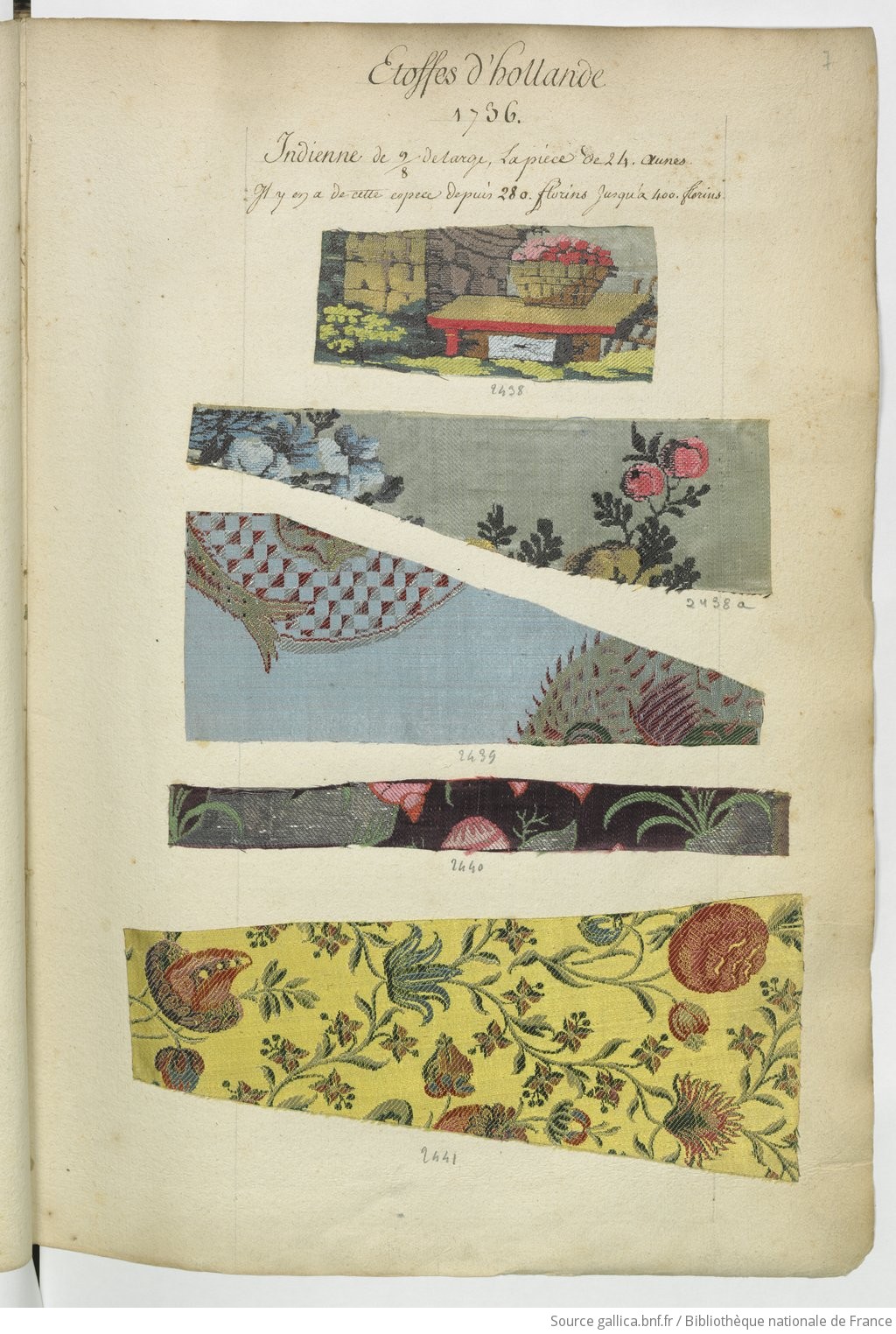
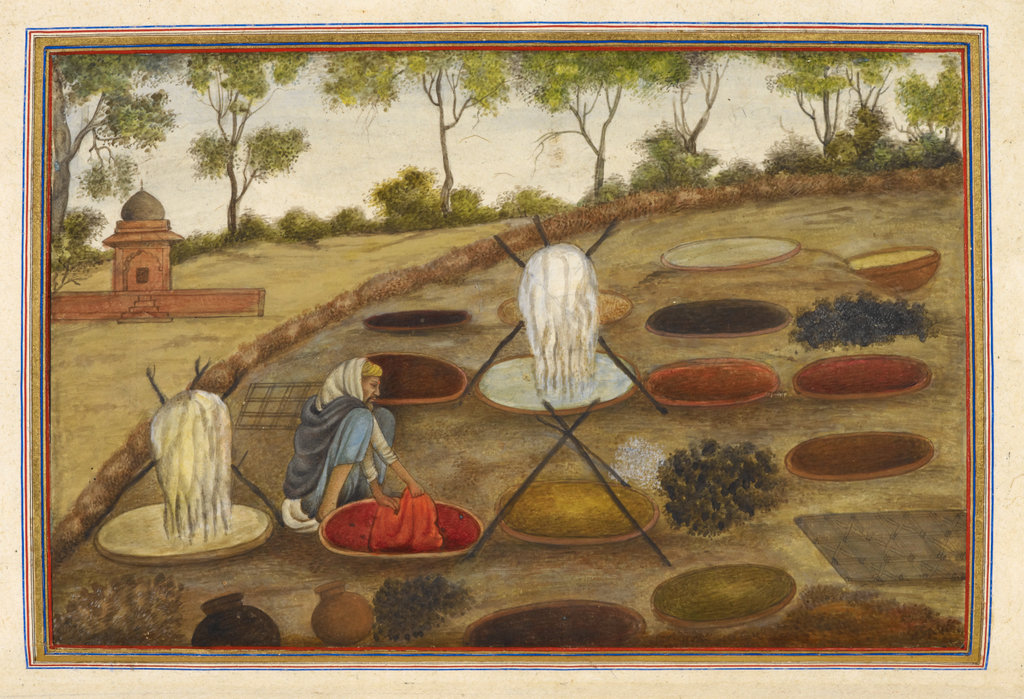
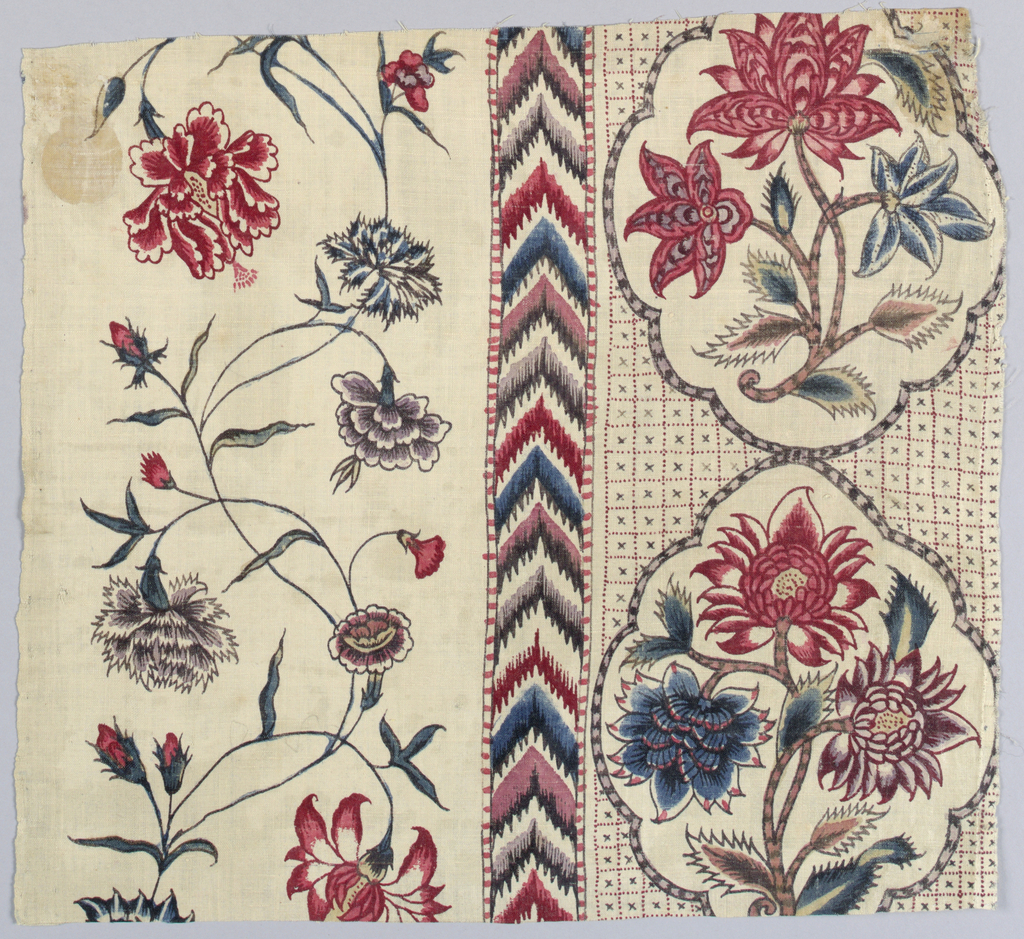
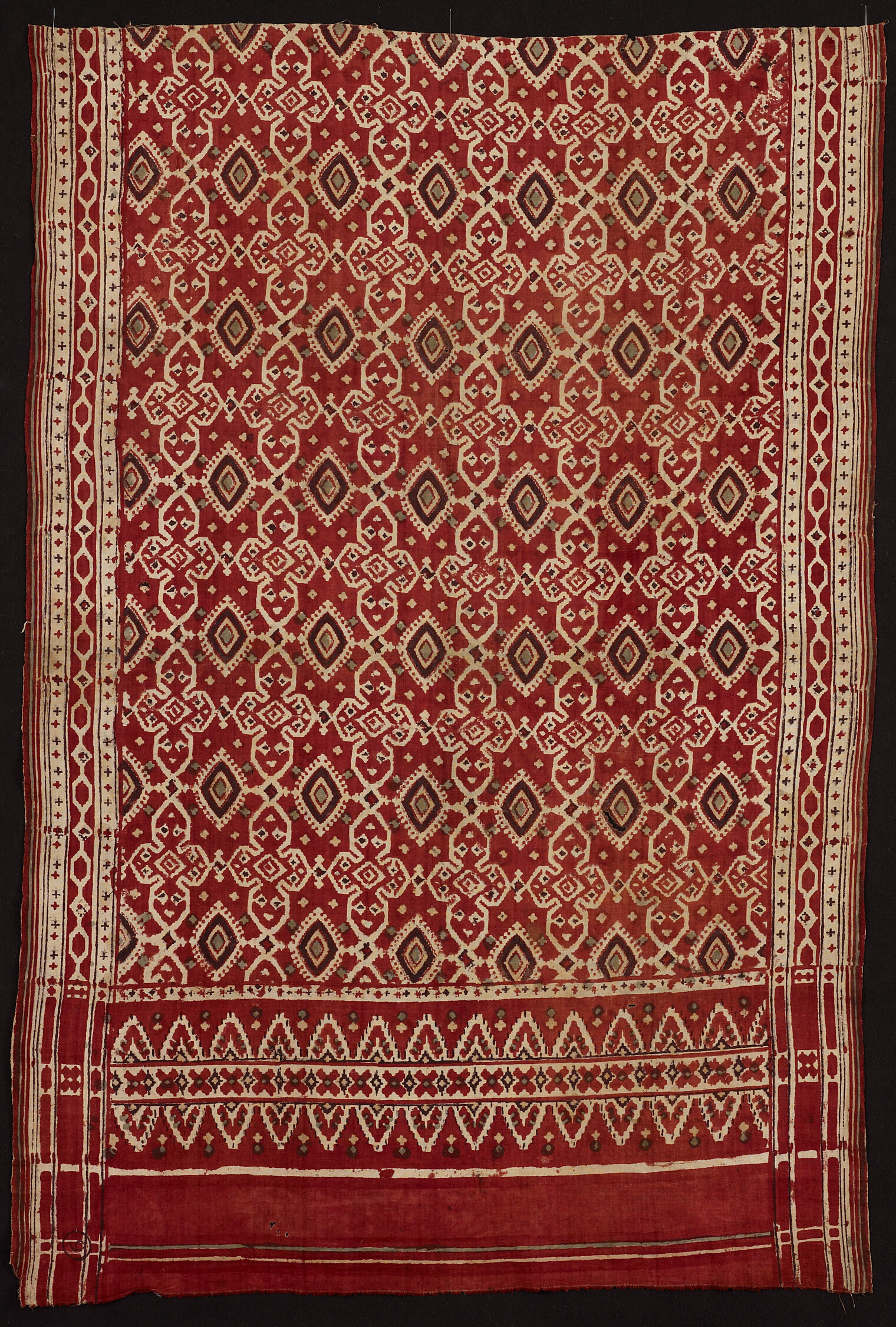
Several kinds of textiles made in Gujarat in India – patola and sarasa - spawned many imitators throughout Asia. Efforts were made by producers in Southeast and Japan to replicate the highly-sophisticated techniques of Gujarati weavers. These same textiles were also purchased in enormous numbers in West Africa, where they contributed to the rise of the Atlantic slave trade.
Factories
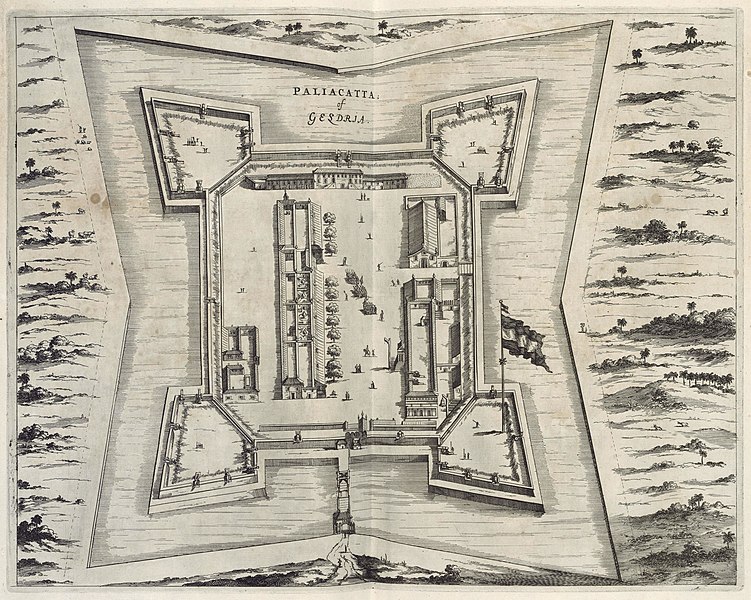
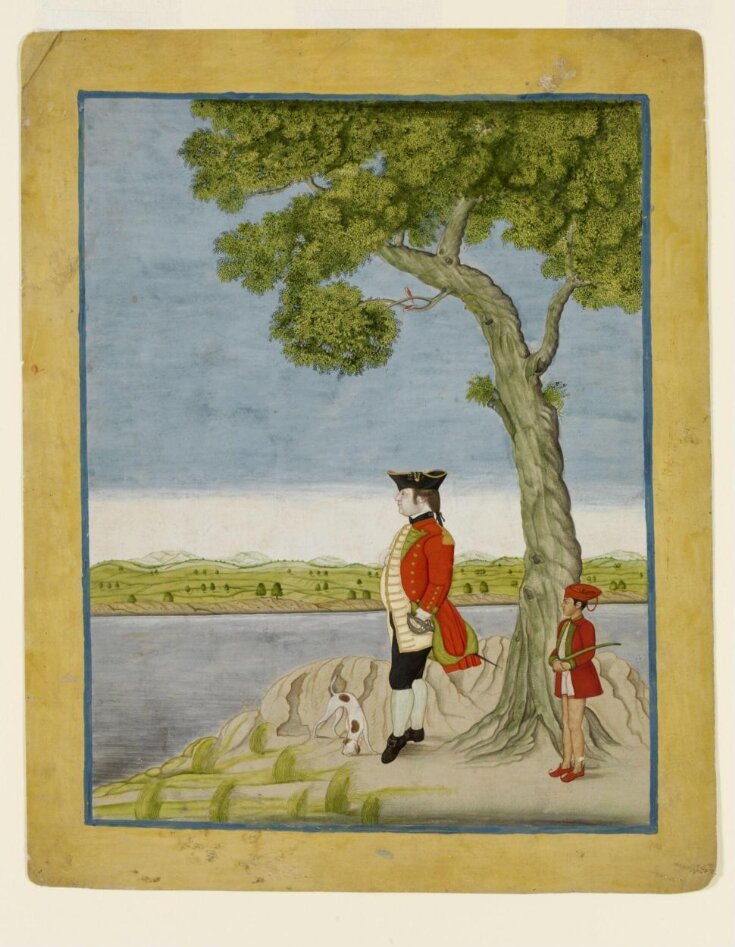
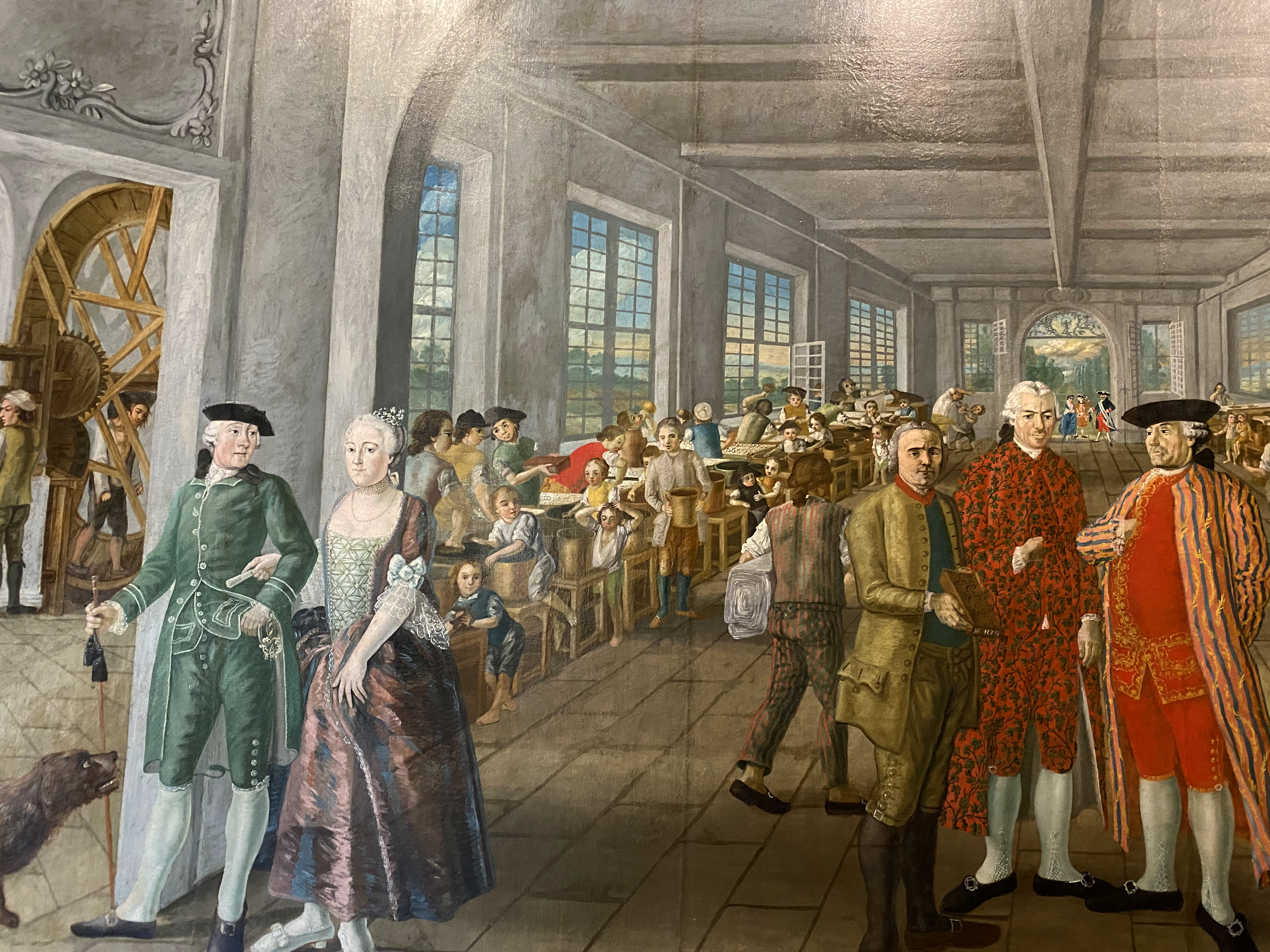
Europeans were able to acquire a knowledge of Asian production techniques thanks to the foundation of factories, or trading posts, throughout Asia. These factories permitted European merchants to reside for long stretches in Asia and to observe Asian production methods up close. In turn, the factories were sites for the procurement and export of various Asian goods, which Europeans sought then to imitate.
Production Techniques

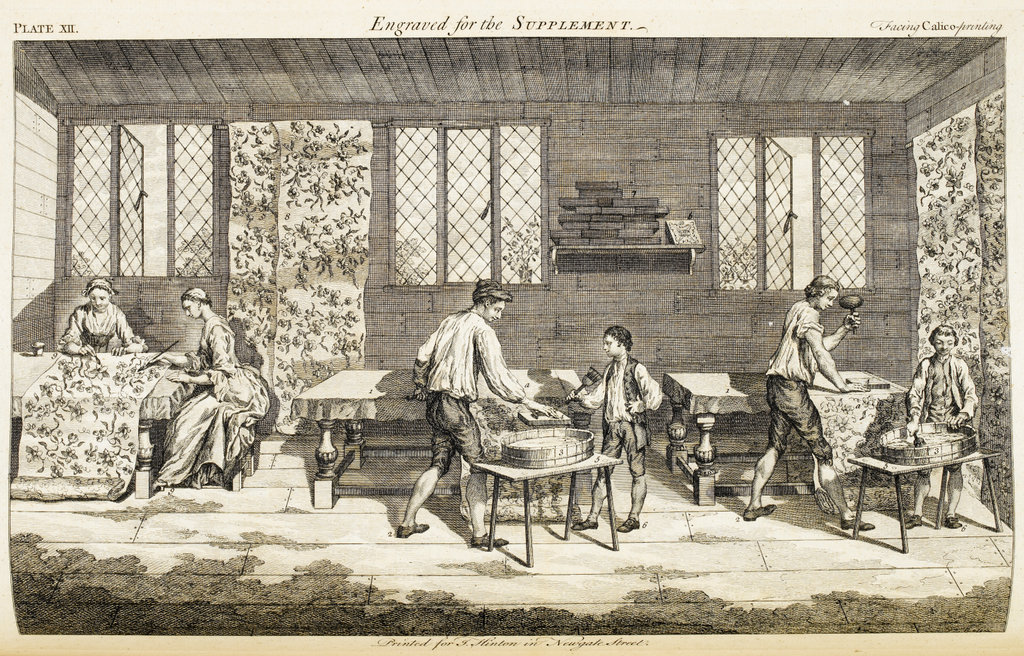
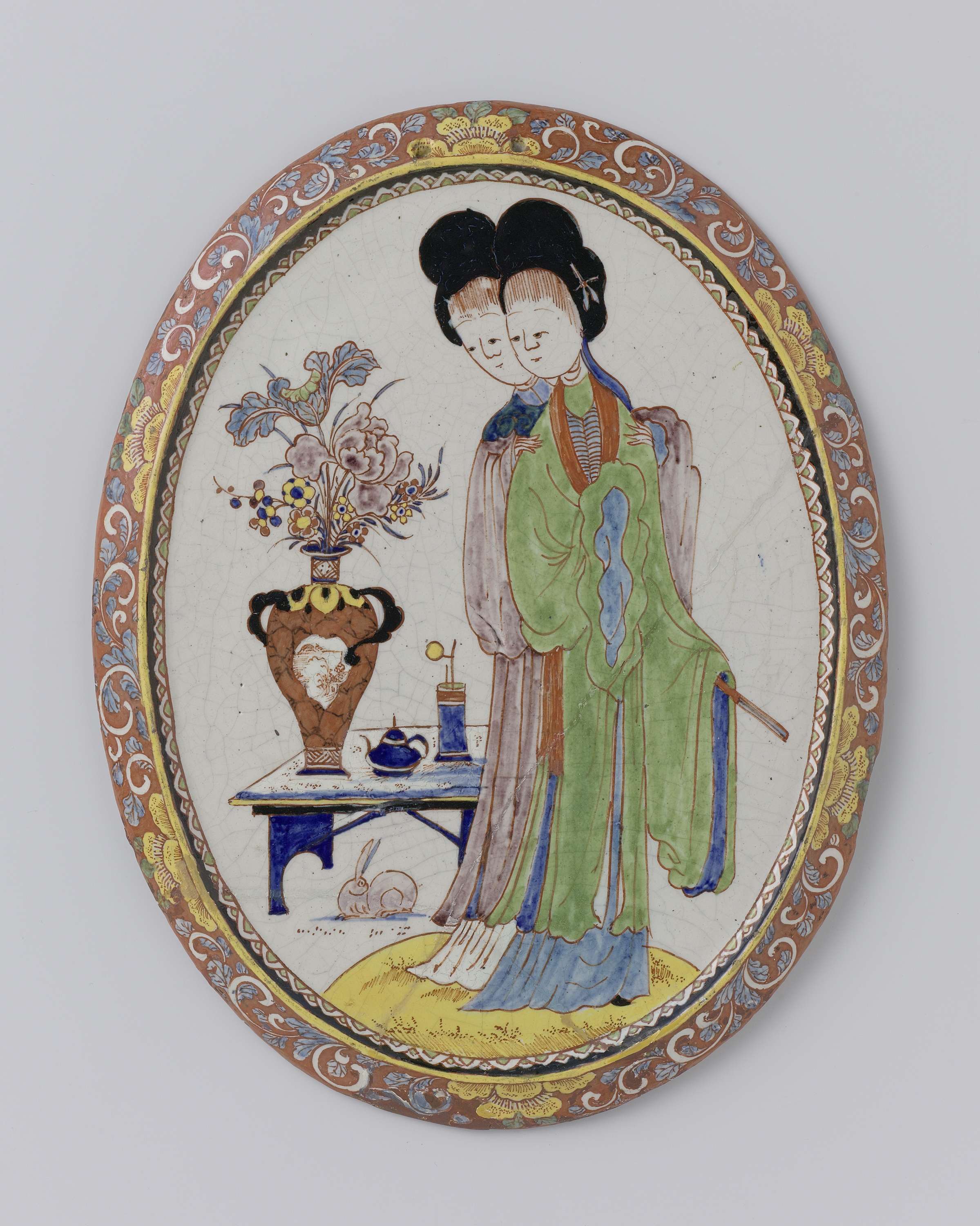
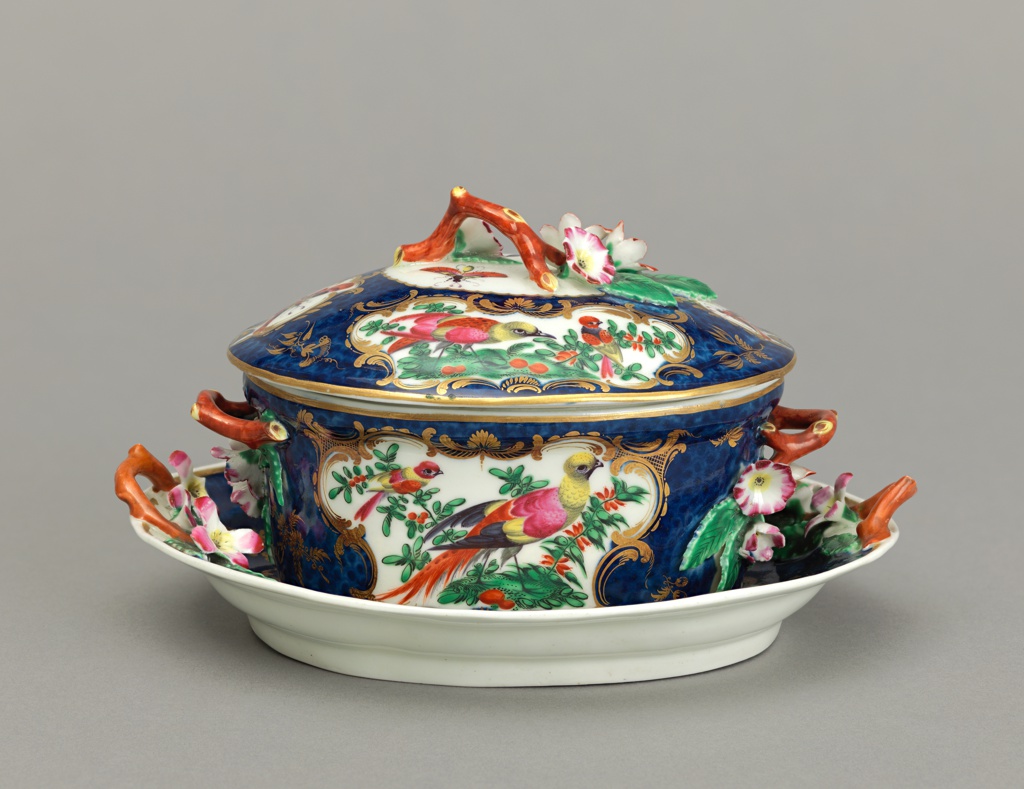
For European producers the goal became to imitate Asian production techniques. Eventually governments in Europe put a ban on the import of Indian textiles in order to accelerate processes of imitation. In time, imitation became a means for consolidating import substitution within Europe and supplied one of the justifications for Europeans to insert themselves into the territories of Asia as colonizers.European imitation of Asian manufactures was integral to the re-balancing of the world economy toward the North Atlantic at the end of the eighteenth century. The Industrial Revolution was both a response to, and a reversal of, Asia’s preeminence in processes of production during the early modern period.